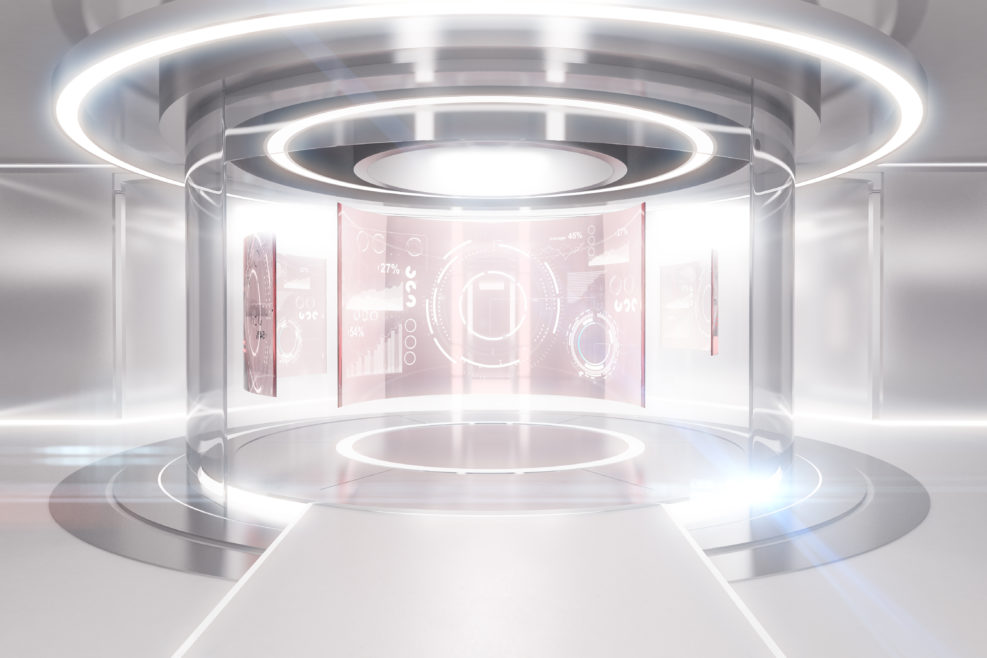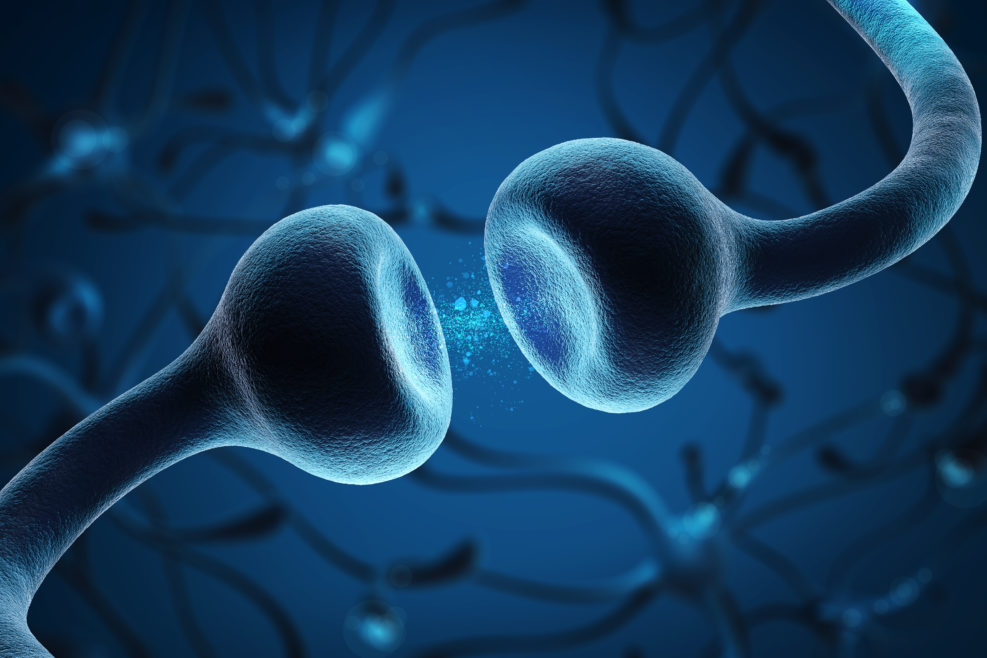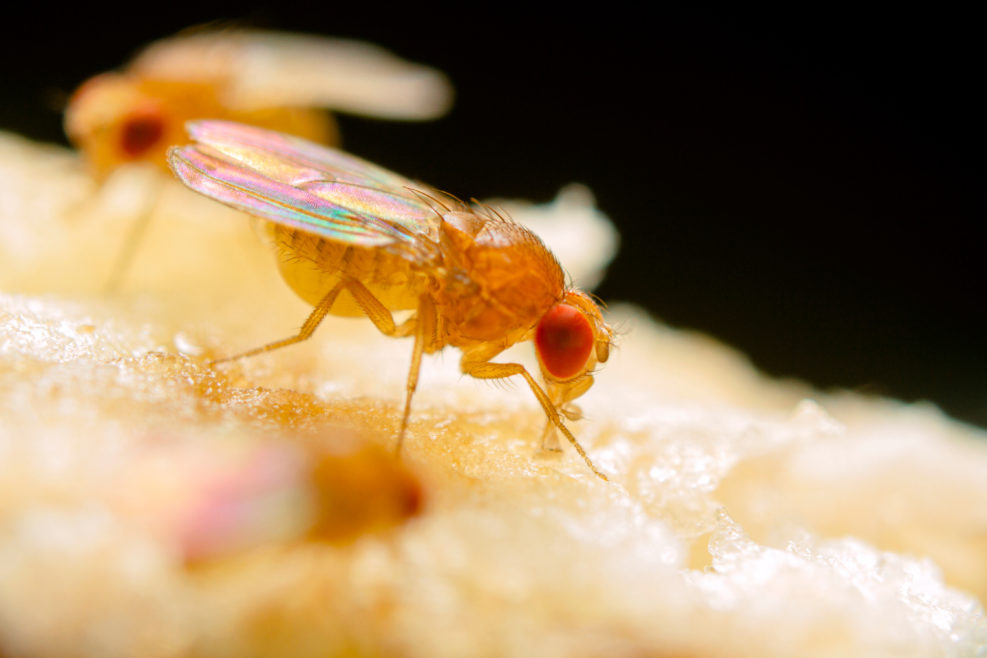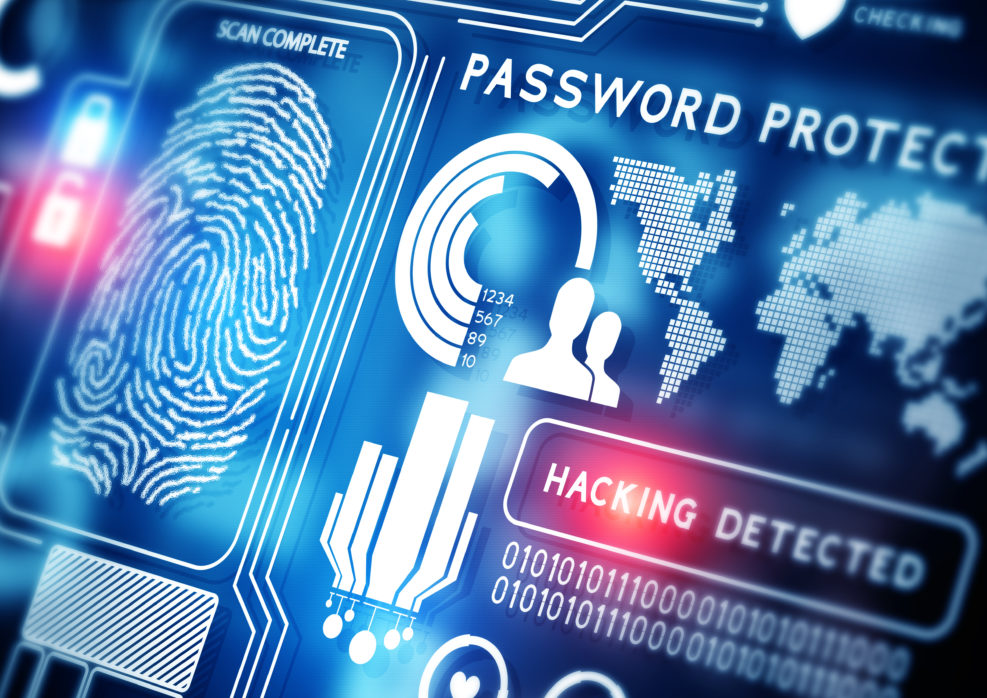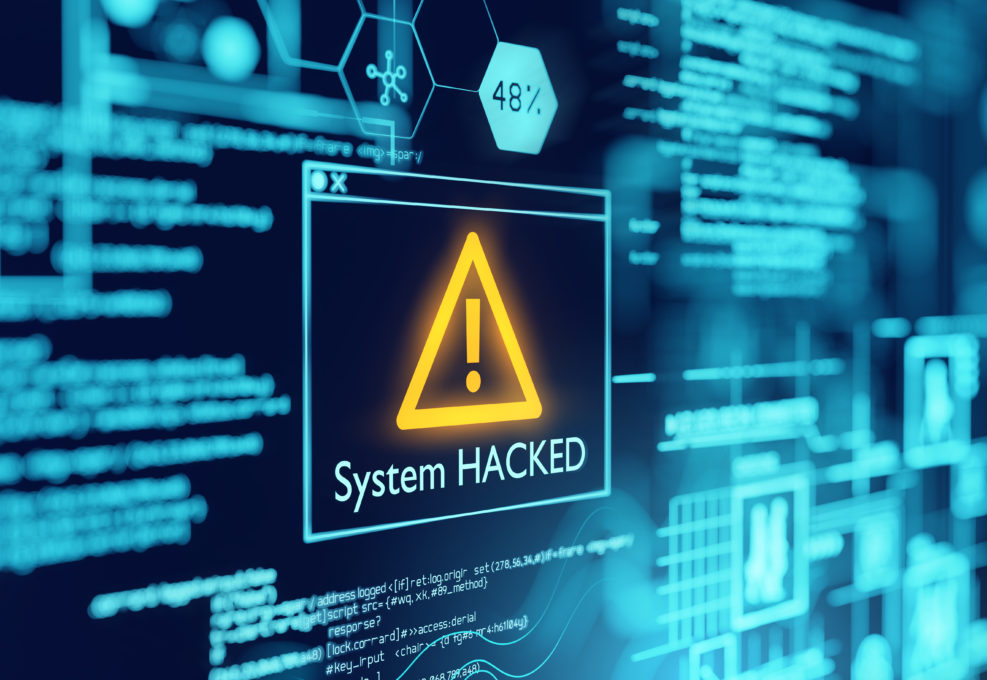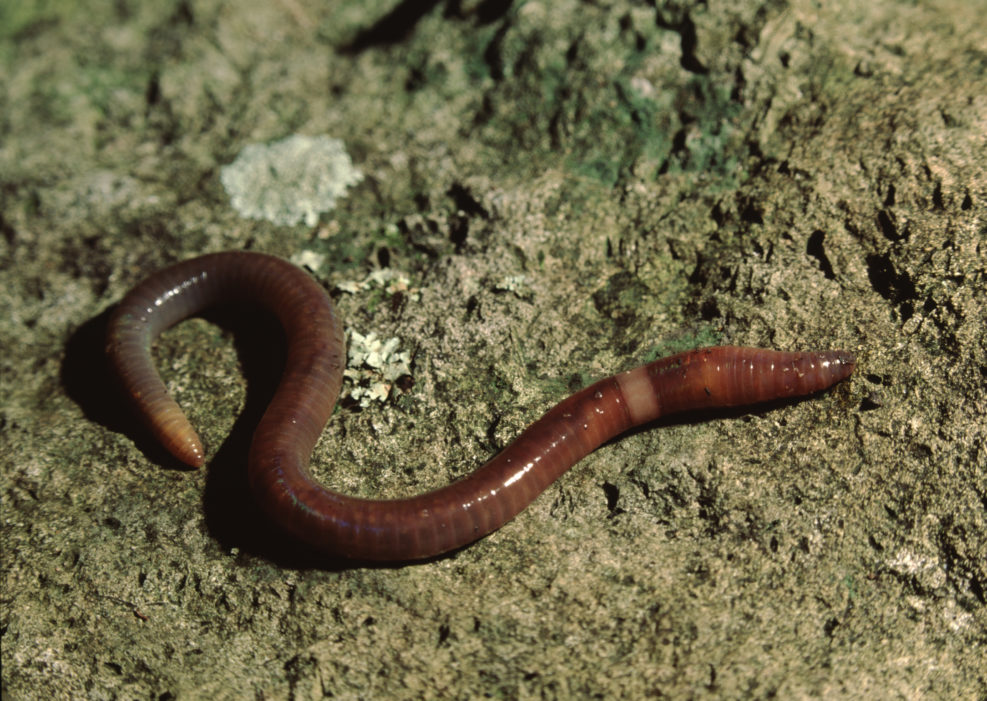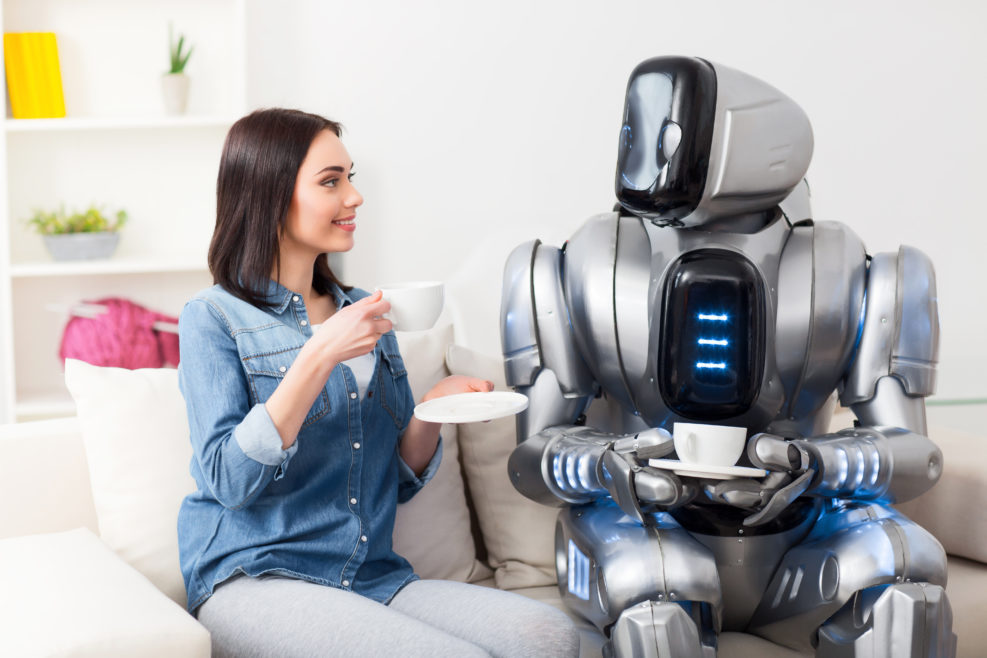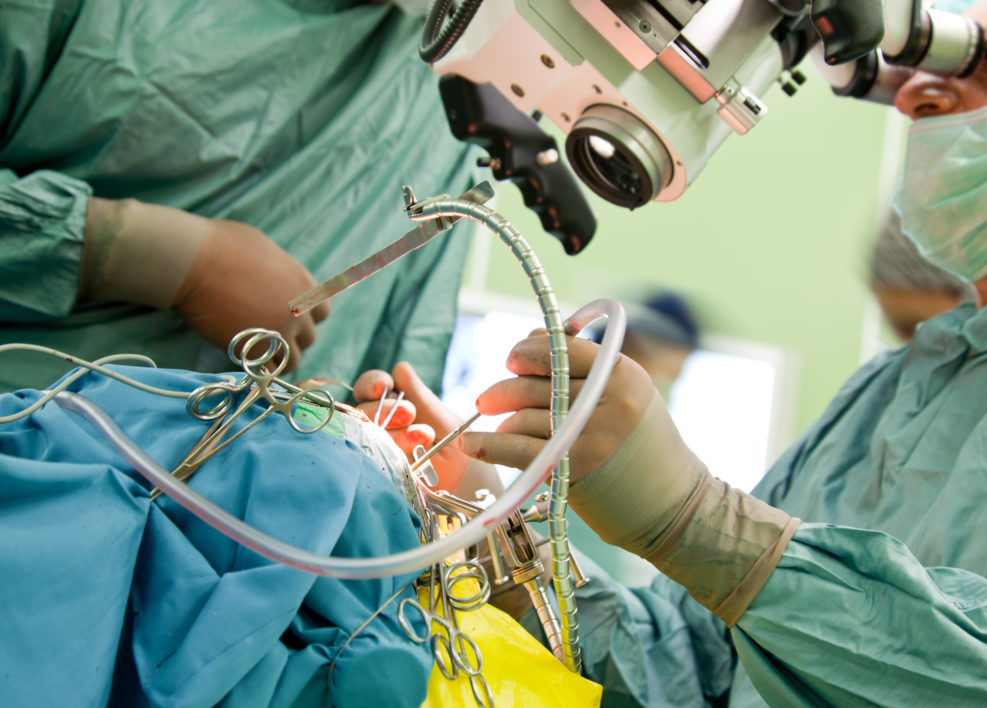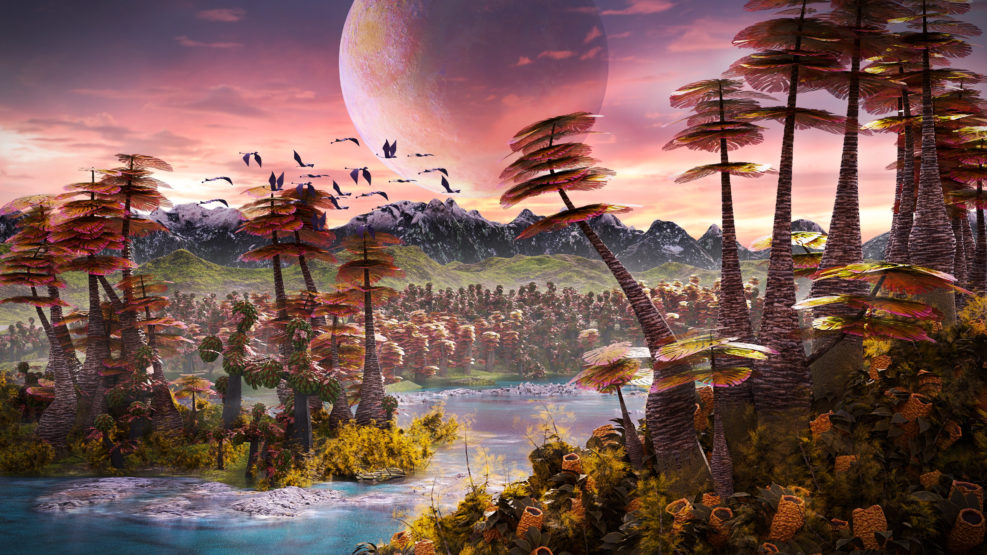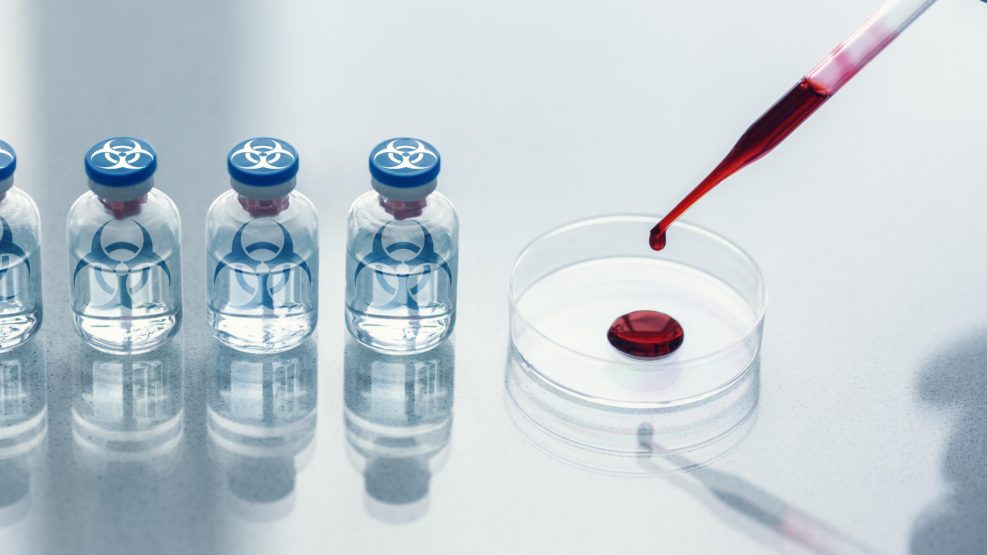
Pinterest Bans Climate Change “Misinformation”
Pinterest might be the first company to implement such a strict ban, but what if it's not the last?Last week, Pinterest banned climate change misinformation from its platform, becoming the first major social media company to do so outright. The policy raises free speech concerns. Since not all scientists agree on the nature of climate change, what causes it, and what the solutions are, how is the issue to be discussed if alternate points of view are banned from public platforms? Pinterest is an image-sharing social media site, where users share ideas that they can “pin” to their own boards on everything from recipes to interior design to fashion. On April 6, Pinterest announced their new climate misinformation policy, aimed at “remov[ing] content that may harm the public’s well-being, safety or trust.” As of the policy announcement, any Read More ›



